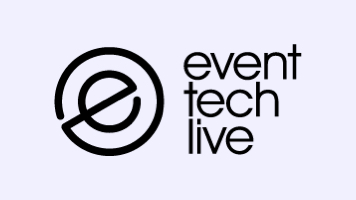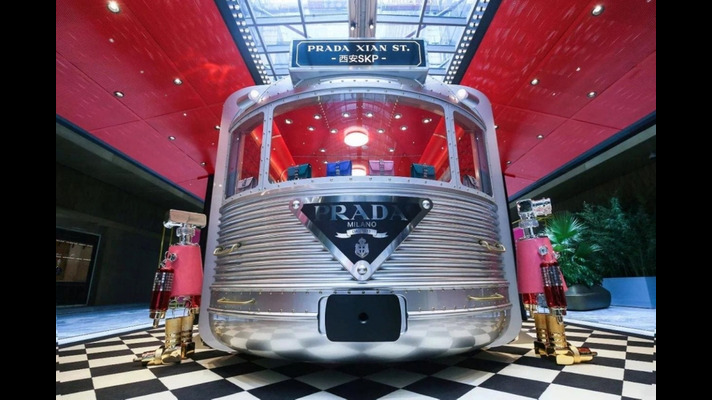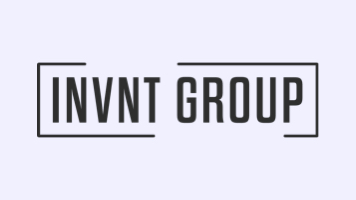
How are “universal design,” inclusivity through representation, and a product’s “unboxing event” applicable to higher ed engagement today – and tomorrow?
Read on to learn more from Paul Blurton, [INVNT GROUP]’s award-winning Chief Creative Officer on the guiding tenets he considers when designing events that are accessible, inclusive, and authentic.
How do accessibility and inclusivity come into play when we begin to conceptualize and design our events?
PB: From my perspective, the two words are very different. One is very focused, the other broad and wide-ranging. Accessibility is about consumption. It’s the final touch-point between a creation and a user. In this regard, I’ve always been interested in the concept of ‘universal design.’ I read about it years ago and it has stayed with me. Curb-ramps at intersections are a great example; designed for those in wheelchairs, but used by parents with strollers, old people with walkers, kids on skateboards. Our clients at Microsoft have a nice phrase for this: design for one, serve everyone. Thinking about accessibility at events is really about how people will consume the event. If in person, I’m a fan of universal design, so for example, designing so that there isn’t a ‘section’ for those in wheelchairs. We did this a few years ago at Microsoft Ready/Inspire. If we’re talking about broadcasting an event to virtual audiences, it of course means translation into languages, verbal descriptions, ASL, etc. The great shame is that many organizations don’t think much about this. But some do, and I think of them as leaders.
And what about inclusivity?
PB: Inclusivity is a far bigger topic, because it covers so many aspects of communication in our industry, and the mar/comm sector overall. I would say that when I think of inclusivity, the correlating word that comes to mind (and to me, is a bit more potent), is ‘representation.’ Meaning: audiences should see as many faces, hear as many voices, and get as many perspectives as possible. This goes far beyond image selection, or making sure a photograph ‘has diversity.’ That’s table stakes. To me, it’s about giving people their voice. A couple years ago for SHRM I directed 3 shorts about people with different disabilities and their experiences in the workplace. What struck me most about the experience was the surprise and joy, expressed by the three subjects in their respective ways, that they were actually being featured, as the leads in the story, as opposed to having someone explain it for them.
PB: Another example is when we used one of the rare ASL rappers to help open a corporate keynote address. It brought the house down, and brought me to tears. I suspect it was so powerful because people realized just how often so-called inclusivity is an after-thought, rather than the central, and essential part of the creative. This idea, of inclusivity through representation, is something that we have the power to influence, which is very inspiring to me, and something I think we’ve only just begun to truly explore in authentic ways.
What are the most important questions to ask of ourselves and our clients to ensure that an experience is inclusive, accessible, and authentic?
PB: That’s easy: What do I take for granted? It’s the only question that matters in this conversation. We recently featured a product designer with cerebral palsy in our Microsoft Windows/Surface launch event. His testimony was so illuminating because as a person with physical challenges, the products he’s helping design seek to address that big question: What do [people] take for granted? He described his past, how he often opened his laptop with a fork, because of limited mobility. After working on products that help people avoid the cutlery drawer when opening their devices, he went further, and worked on packaging that means people with limited mobility can actually have an ‘unboxing event’ without assistance. He wasn’t originally ‘cast’ for the Microsoft event. We (us and our direct clients) swiftly recognized the error of our ways, after hearing him describe the products from his perspective and asked him if he’d carry the load for us. His voice was by far the most authentic on the subject, and his performance was a triumph.
Interview by INVNT HIGHER ED.



